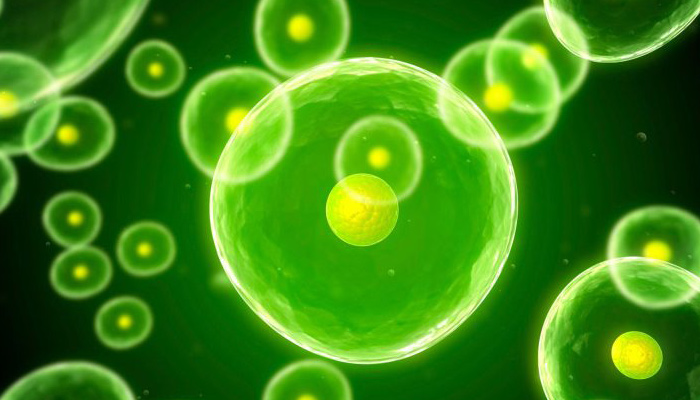
Stanford Scientists Uncover New Indicators of Health, Disease and Aging
The lipidome is the new indicator for population health indicators
The sequencing of the human genome promised a revolution in medicine, but scientists soon realized that a genetic blueprint alone does not show the body in action. That required understanding the proteome—all the proteins, expressed by our genes, forming the cellular machinery that performs the bulk of the body’s functions. Now, another set of molecules known as the lipidome—all the lipids in our bodies—is filling in more details of human physiology.
Lipids are a broad category of small, fatty, or oily molecules, including triglycerides, cholesterol, hormones, and some vitamins. In our bodies, they make up cell membranes, act as cellular messengers, and store energy; they play key roles in responding to infection and regulating our metabolism.
Our genome is essentially stable. Our proteome, though influenced by our health and environment, is largely dependent on what’s encoded by our genes. In contrast, our lipidome can be directly altered, in part, by what we eat and which microbes live inside our gut, making it more malleable and perhaps more responsive to interventions. But the number and variety of lipid molecules— there are at least thousands—has made them hard to study.
“Lipids are very understudied,” said Michael Snyder, PhD, the Stanford W. Ascherman, MD, FACS Professor in Genetics. “They are involved in pretty much everything, but because they’re so heterogeneous, and there are so many of them, we probably don’t know what most lipids really do.”
A new study from Snyder’s lab, published Sept. 11, 2023 in Nature Metabolism, is among the first to deeply dive into the human lipidome and track how it changes under healthy and diseased conditions, particularly in the development of Type 2 diabetes.
Photo courtesy of SciTechDaily


